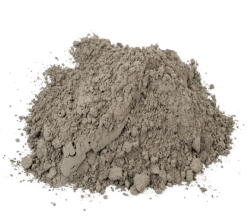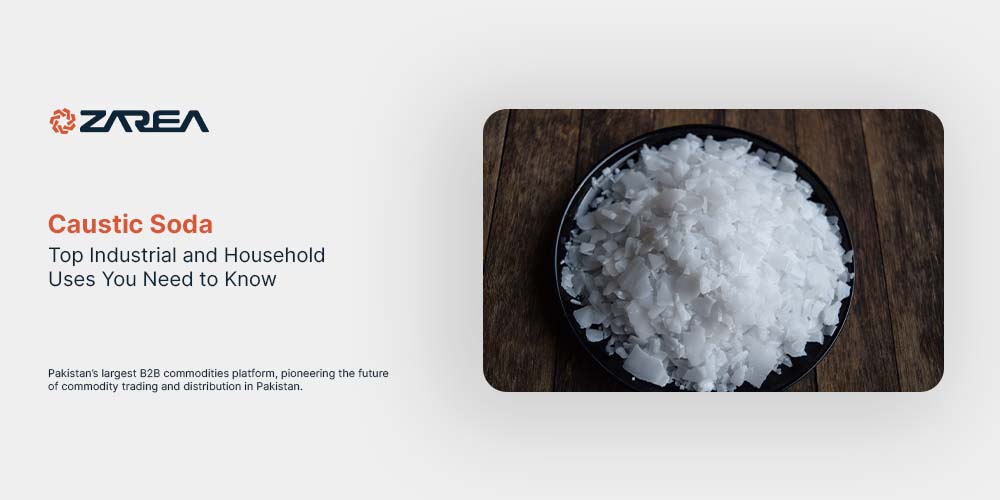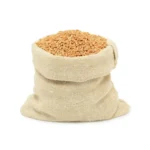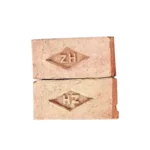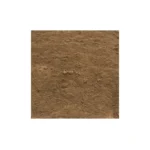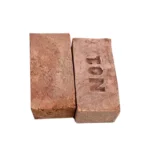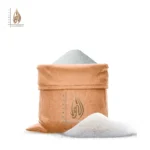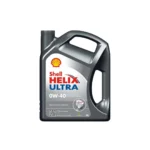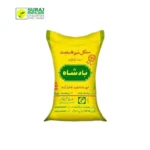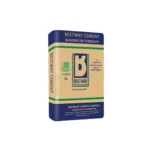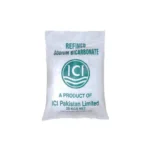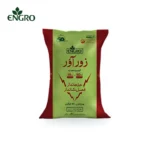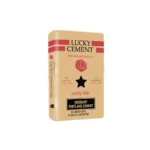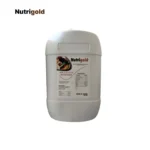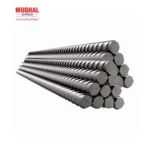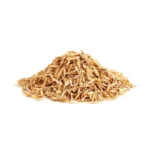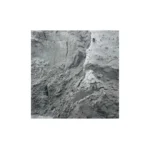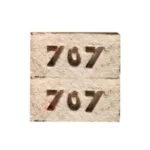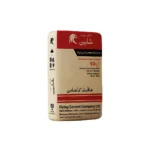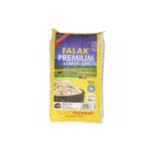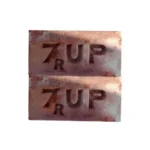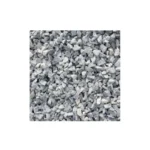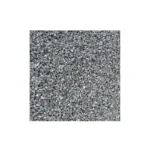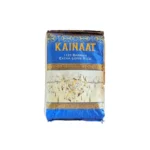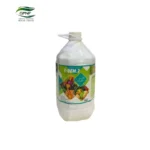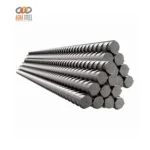Introduction – Caustic Soda
Sodium hydroxide, lye, or caustic soda are alternative names for the same chemical compound. Caustic soda is a solid substance that is pearl-white in color and has the chemical formula “NaOH”. If it comes into contact with the skin, this highly caustic substance, categorized as an alkali, can cause serious burns. It is a versatile product that can be utilized in various contexts. Caustic soda may undergo a violent reaction with strong acids and water, producing sufficient heat to ignite flammable materials if in close proximity.
It is important to store it in a dry, cool, well-ventilated area, away from organic and oxidizing materials, metal fragments, and acids. It is commonly seen in the form of either a liquid solution or a solid white substance. This substance is highly corrosive, making it capable of burning various materials, such as human skin. It is important to be careful when dealing with caustic soda as it can be very dangerous if it touches the skin or eyes.
Caustic Soda Uses in Cleaning Products:
Sodium hydroxide is a powerful cleaning agent. It is frequently the primary component in drain cleaners, oven cleaners, and degreasers. For what reason? Due to its ability to interact with fats and disintegrate proteins and complex compounds, it is effective in handling stubborn blockages and greasy buildups. Yet, its effectiveness in cleaning leads us to an important factor: its level of safety.
Understanding the Risks: Is Caustic Soda Dangerous for Everyday Use…?
Caustic soda uses and dealing with requires caution and being careful. It is extremely corrosive, which can result in serious burns to the skin and eyes upon contact, and has the potential to be deadly if swallowed. Precautions, like using gloves, goggles, and protective clothing, are mandatory when handling this chemical. Furthermore, remember to always mix caustic soda with water, never water with caustic soda, to avoid potential hazards.
Current Market Insights: Caustic Soda Price:
The cost of sodium hydroxide may vary because of different reasons such as fluctuations in production expenses, demand in primary markets, and logistical obstacles. Currently, there is a consistent demand in the industry that is impacting pricing. To learn more about caustic soda, you can explore the detailed information and buying choices provided on Zarea.
Zarea: Your Trusted Supplier of Caustic Soda:
At Zarea, we take pride in being a trustworthy ally in providing top-quality industrial chemicals such as caustic soda. If you are in the business of mass production or require packaging for smaller, more specific uses, we offer a variety of packaging solutions to meet your needs. Our Caustic Soda is well-known for its high quality and efficiency, guaranteeing optimal outcomes for your industrial operations.
Why Choose Zarea…?
Choosing Zarea for your caustic soda needs or means opting for reliability, quality, and competitive pricing. We understand the nuances of industrial chemical supplies and are here to support your business with our expertise and customer-focused approach. Let us help you meet your industrial needs with the highest standards of service and product quality.
FAQs
Why is caustic soda so expensive?
The production process of caustic soda, also known as sodium hydroxide, is costly because it involves high energy consumption and strict safety protocols. The cost is also influenced by market demand and the pricing of raw materials.
Is caustic soda the same as baking soda?
No, sodium hydroxide is different from sodium bicarbonate. Sodium hydroxide, known as caustic soda, is a potent alkali utilized in industrial and cleaning applications. Baking soda, also known as sodium bicarbonate, is a gentle base commonly used for baking and cleaning purposes.
How long does caustic soda take to unblock a drain?
Unblocking a drain with caustic soda usually takes between 15 and 30 minutes. It functions by breaking down organic substances such as hair and grease. Nevertheless, the specific timing may differ based on the seriousness and type of the obstruction.
What is the best chemical to unblock drains?
The type of blockage usually determines the most effective chemical for clearing drains. Strong alkalis such as caustic soda work well for breaking down grease and hair. Hydrochloric acid could be more effective for mineral deposits. Always remember to prioritize safety and ensure the compatibility of pipe material when selecting chemicals.
References
Here are five concise and authoritative references for information about caustic soda:
- OSHA – Provides safety guidelines for handling caustic soda. Access their resources at OSHA’s Website.
- NIOSH – Offers detailed safety and health information on caustic soda, including exposure limits. Visit NIOSH Chemical Listing.
- International Aluminum Institute – Shares insights on the use of caustic soda in aluminum production. Learn more at International Aluminum Institute Resources.
